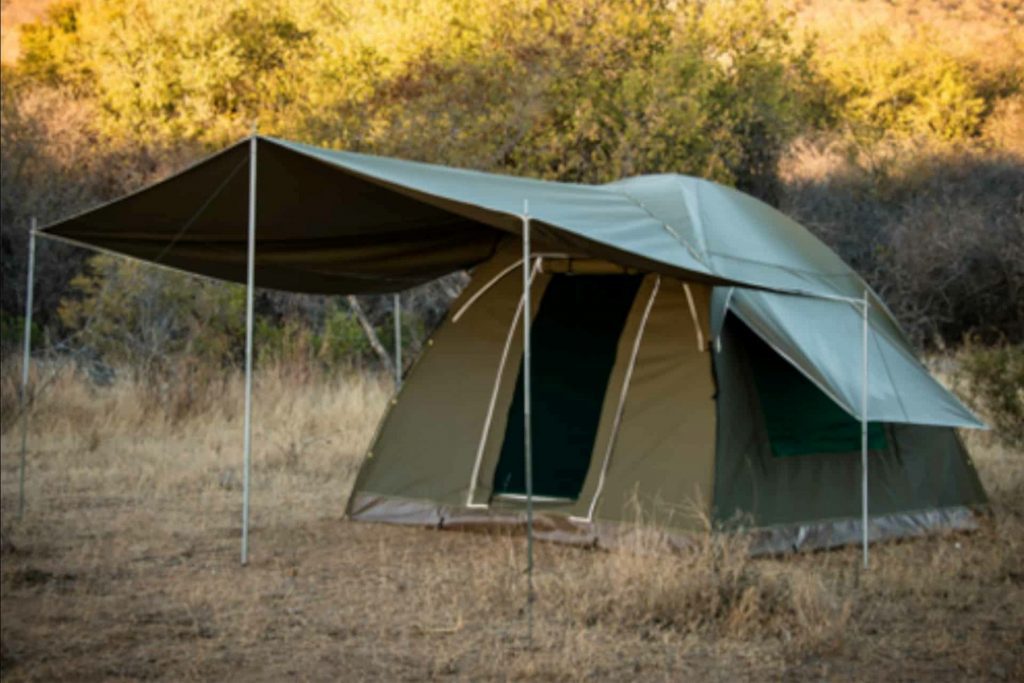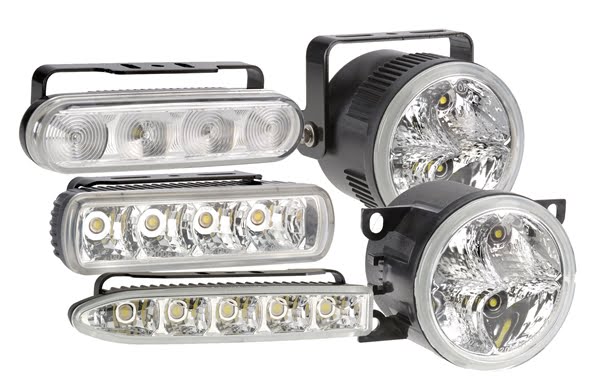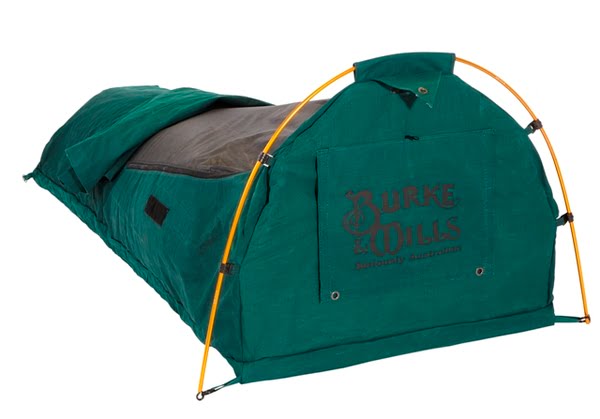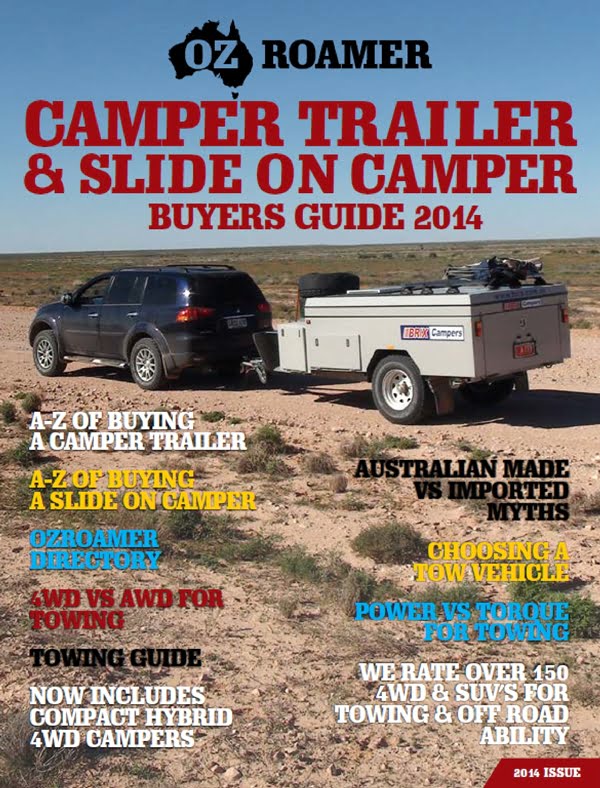Whether you want to explore local wonders or destress from the hustle of daily life, camping is an excellent way to attune yourself to nature.
Not only does camping provide a great opportunity to get out of the house and explore nature, but it also allows you to bond with your friends, family, or even just yourself.
That said, to truly make the most of your camping journey, you should always have in your possession some camping gear and supplies.
The right supplies will enhance your camping experience by providing better comfort and convenience, allowing you to make the most out of your trip.
Without further ado, here’s a list of camping essentials that you should always have on hand this 2023!
1) Tent
Tents are a mainstay in any camping excursion. This erectable shelter shields you against the elements and keeps bugs and unwanted pests at bay.
There are multiple types of tents you can pitch and call home. The most common type of tent is the A-frame tent, which peaks in the middle and is shaped like a triangle. This tent is perfectly acceptable for one or two people on most camping trips.
If you want a more spacious tent to accommodate your friends and family, an extended dome or tunnel tent can also be a viable alternative. Be sure to bring all the parts that come with the tent for assembly, namely the poles, stakes, and a rain fly.
2) Sleeping Bags and Rollaway Beds
While a tent helps protect you from the elements, a sleeping bag keeps you cozy and provides much-needed insulation when temperatures drop during the night.
Sleeping bags are also lightweight and can be compressed for portability. While more hardened campers can withstand the solid ground behind their backs, sleeping bags are too much of a comfort item to pass up, especially for beginners and families. For family campers who don’t like sleeping bags and want to snuggle with the little ones, rollaway beds are your best choices. These types of beds can provide comfort, space, mobility, and are easy to carry. For more information visit Sleepify guide to learn more.
3) Hiking Shoes
If you don’t want to ruin your sparkling new sneakers and render them unusable after a hiking trip, get yourself a pair of actual hiking shoes or boots.
Hiking shoes are specially designed to provide more ankle support and stability on inclined terrain. The outer sole is also made with a rugged rubber material that can bite into moist ground, helping improve balance and control.
4) Cooking Gear
A night spent around the campfire, roasting marshmallows, and grilling up a meal is an essential part of any camping adventure.
But to make that happen, you’ll need to have the right cooking gear. A camp stove, a butane canister, basic cooking utensils, a multi-purpose knife, and a pan for cooking are all essentials when going out for a camping trip.
If you’re the type of person who needs coffee in the morning, a pot and pot filter are also essential items you should bring along with you. Lastly, and most importantly, bring a can or a sealed bag of food that you plan to eat on the trip.
5) Light Sources
When the sun goes down, you won’t have street lights or ceiling lights to guide you in the dark; only the moon and the stars.
Even if you’re just staying around the campsite, you should always bring some light sources with you. Lanterns, flashlights, and headlamps are all great light sources for camping.
You should also bring extra batteries to make sure you never run out of illumination during the night. If setting up a fire is allowed in the campsite, you can also bring firestarters and a lighter to provide continuous light and warmth in your base.
6) Insulated Water Bottle and a Life Straw
Camping entail many hours of trekking and hiking on trails. And to make sure you stay energized throughout the excursion, you need to have a good amount of water with you that can last the duration of the trip.
It’s recommended that each person brings at least 2 gallons of water for a 2-day camping excursion. With the hot temperatures and physical activity level taken into account, this figure offers just the right amount of hydration for people.
If you want to keep your water cold and refreshing, an insulated bottle can maintain the temperature of its contents for up to 24 hours, perfect for hot, overnight hikes.
Furthermore, when you find yourself in a precarious situation, having access to clean drinking water is of utmost importance. A life straw can help ensure your safety by allowing you to filter and drink water safely from any nearby streams and swimming holes.
7) Hiking Bag
A common beginner’s mistake is to rely on a conventional backpack to hold all their items for them. That’s a recipe for disasters and will leave you prone to suffering aches later on.
If you want to prevent your back from straining the day after the hike, then you should invest in a hiking bag.
These bags are engineered to distribute weight evenly throughout your lumbar, spine, and shoulders, reducing a high load of compensatory pressure.
Hiking bags that are stocked at only a few retailers such as Maplestore also come with many features that most traditional backpacks don’t.
For one, these bags have external straps you can tie around your waist. They also have pads for back support and a rainproof cover to protect your belongings when you find yourself in a downpour.
These features make them much more trek-ready than your standard school or work backpack.




